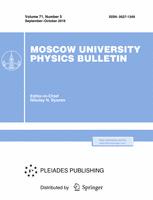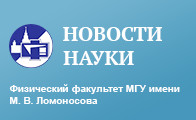The thermopower, $S$, magnetothermopower, $\Delta S/S$, resistivity, $\rho$, and magnetoresistivity, $\Delta \rho/\rho$, depending on the temperature $T$ and magnetic field $H$, have been studied in an Nd$_{0.5}$Sr$_{0.5}$MnO$_3$ single crystal consisting of three types of clusters: an antiferromagnetic CE-type with charge-orbital ordering (below the Neel temperature $T_{NCE}\sim 145$ K) and an A-type with $Т_{NA}\sim 220$ K; a ferromagnetic at 234 ≤ $T$ ≤ 252 K, and a ferromagnetic metal phase below the Curie temperature $Т_{С} = 248$ K. The thermopower was found to be negative, indicating the dominance of the electronic type of conductivity. In the $S(Т)$ curves, a sharp minimum is observed in the temperature range of 100 K ≤ $T$ ≤ 133 K, close to $T_{NCE}$, where the absolute $S$ value attains 53 $\mu$V/K. With a further increase in temperature, the absolute $S$ value decreases rapidly; at 200 K it is equal to 7 $\mu$V/K. It then slightly increases, reaching its maximum value of 15 $\mu$V/K at a temperature of 254 K, which is close to $Т_С$. The absolute thermopower decreased under the influence of the magnetic field; i.e., a negative magnetothermopower occurs. In $\{\Delta S/S\}(Т)$ curves, a sharp minimum is observed at $T = 130$ K close to $T_{NCE}$, where the magnetothermopower reaches a huge value of $\sim45\%$ at $H = 13.23$ kOe. A broad minimum in the $\{\Delta S/S\}(Т)$ curves is observed near the Curie temperature and its value is also high, viz., $\sim 15\%$ in the maximum measuring magnetic field of 13.23 kOe. The extremely high magnetothermopower values mean that the charge-orbital ordered nanoclusters or ferron type make the main contribution to the hermopower of the entire sample. The behavior of the $\rho (Т)$ and $\$\{\Delta \rho/\rho\}(Т)$ curves is similar to that of the $S(T)$ and $\{\Delta S/S\}(Т)$ dependencies, which is in agreement with this conclusion.
72.20.Pa Thermoelectric and thermomagnetic effects
$^1$Department of Physics, Moscow State University, Moscow, 119991 Russia
$^2$MPEI National Research University, Moscow, 111250 Russia



